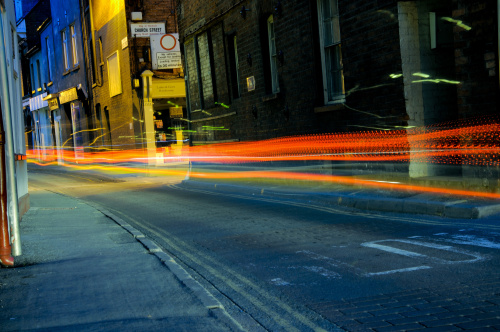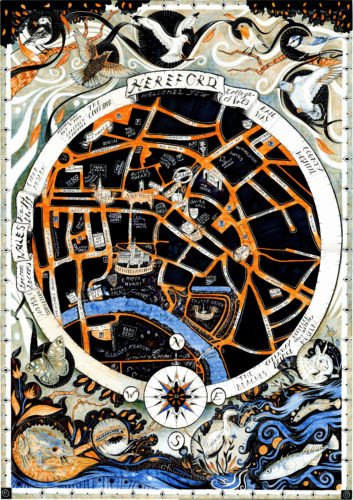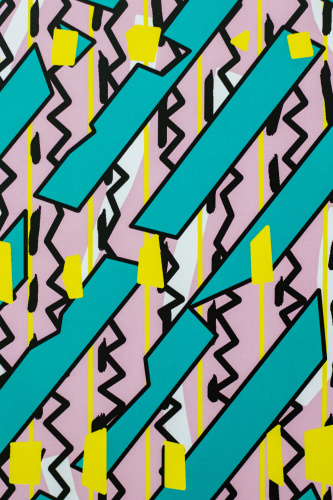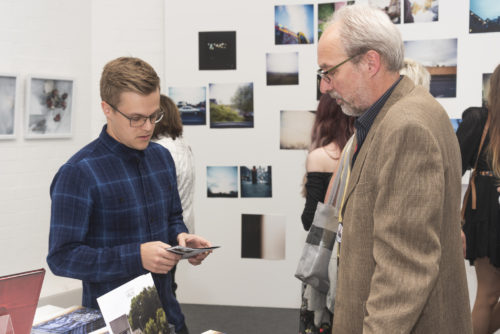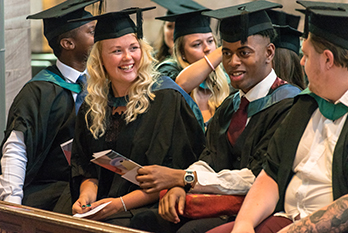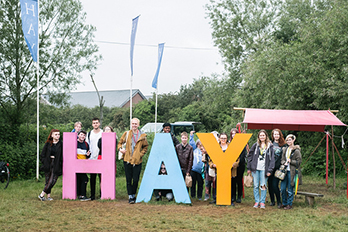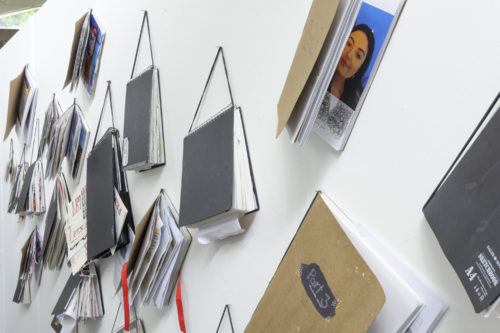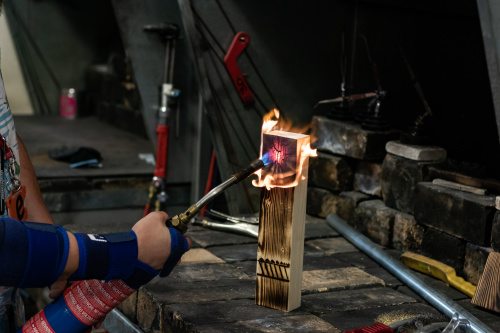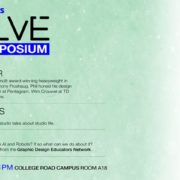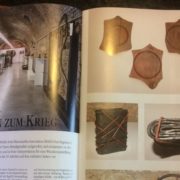Master at Ypres 2016 – Ambrose Burne
Published on 08.11.16
Ambrose Burne is a member of academic staff who works on our BA(Hons) Artist Blacksmithing programme three days a week , the other days in runs his own workshop in the Welsh Marches where he specialises in high-quality forged architectural ironwork and sculptural objects check out his website at http://www.ambroseburne.co.uk/ We were delighted when Ambrose’s panel
Categories
Ambrose Burne is a member of academic staff who works on our BA(Hons) Artist Blacksmithing programme three days a week , the other days in runs his own workshop in the Welsh Marches where he specialises in high-quality forged architectural ironwork and sculptural objects check out his website at http://www.ambroseburne.co.uk/
We were delighted when Ambrose’s panel proposal was selected from amongst hundreds entries and he became a Master at Ypres 2016.
Ambrose: “When approaching this brief one of the primary considerations I had was the site’s visitors. That Ypres is a place of remembrance for people from many nations – I wanted to design a panel that didn’t allude to the British, but addressed all those involved in this devastating conflict; irrespective of ‘side’.
I began by looking at the Western Front, the main arena of the conflict. It surprised me how little movement there was along this line during the 4 years of war, this seemed to succinctly illustrate the futility of this particular conflict and war in general.
I also considered the role of the blacksmith in this situation, the producer of tools that enabled the digging of the trenches that created the physical landscape particular to this war. I chose forged picks that would have been standard issue to troops on both sides of the conflict that would have been used as trenching and tunnelling tools.
By threading the forged pick-heads on to round bar I wish also to allude to barbed wire. Barbed wire was developed in the 19th century for enclosing livestock, but was soon adopted as a military barricade; the deployment of barbed wire escalated during WW1 and has become one of the most potent symbols of the inhumanity of the war. ‘By 1918 millions of miles of barbed wire had been strung through Flanders alone – enough to circle the world 40 times’. (Militaryhistorynow.com) The use of barbed wire was one of the main reasons that this war stood in stalemate for so long.
In this design, the pick-head barbed wire will be formed to represent the western front, with the pick-heads placed to denote the major offensives. The line is also similar to a stitched wound and I hope will evoke the scar that the Great War left in human consciousness.
To either side of the line will be a continuous surface made from riveting together metal poppies; a mass made from a great number of individual elements. This will create a textured surface akin to a pitted/cratered battlefield whilst alluding to the subsequent poppy fields.
“My ultimate aim is to address the gravity and barbarity of this conflict whilst in respectful remembrance of those who gave themselves to the war; and that through our remembrance we may both heal and strive for peace”.
At the event Ambrose worked with an International team to complete the panel in two days , his team included two recent graduates from the programme Matt Garton and Sam Pearce as well as :
Manuel Hubner – Chile
Jan Remoe – Norway
Marc Van Crombrugge – Belgium
Angus Williams – UK
Dick Deprez – Belgium

Ambrose’s ambition was to make a panel that the visitors to the site could understand , his use of the poppy and his interpretation of barbed wire has resulted in a thought provoking and challenging panel. Thank you Ambrose for all your hard work and your contribution this peace monument, I am in no doubt that your panel will be photographed and remembered by many visitors to the German Cemetery at Langemark-Poelkapelle – Flanders Fields .
Del

